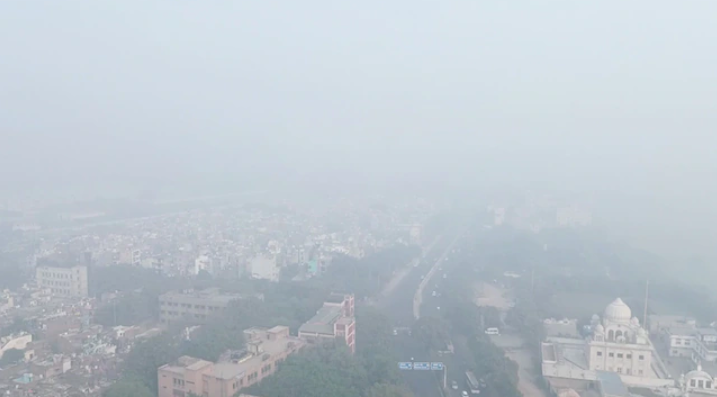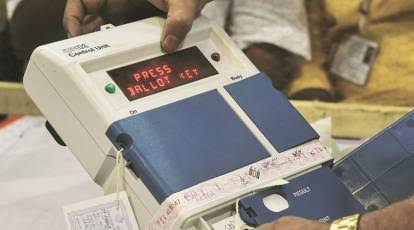Delhi’s air quality hit alarming levels on Tuesday, with the Air Quality Index (AQI) soaring to 494. According to data from the Central Pollution Control Board (CPCB), most monitoring stations in the city recorded an AQI of 500. As a result, all schools in Delhi-NCR switched to online classes. However, the international monitoring app IQAir reported Delhi’s AQI at a shocking 1,600. So why is there such a big difference?
The answer lies in how different countries measure air quality. In India, the AQI is based on a scale where PM 2.5 levels are capped at 60, while some countries, following the World Health Organization (WHO) standards, set this limit much lower, at five or ten.
In India, an AQI over 500 signals a dangerous level of pollution. The CPCB classifies air quality as follows: 0-50 (good), 51-100 (satisfactory), 101-200 (moderate), 201-300 (poor), 301-400 (very poor), and 401-450 (severe). Anything above 450 is considered “severe-plus.”
In contrast, IQAir follows the US model, developed by the Environmental Protection Agency (EPA), where the highest level is labeled “hazardous,” starting at 500 and beyond.
International agencies like IQAir monitor Delhi’s air quality using sensors placed in various locations. However, there’s limited information about whether these sensors are placed in optimal spots with standard equipment.
So, which AQI monitor should you trust? For those in India, it’s best to rely on data from the CPCB, which operates 40 stations across Delhi-NCR for air quality monitoring.
Meanwhile, Delhi’s toxic air prompted the government to activate Stage 4 of the Graded Response Action Plan (GRAP). This includes restrictions on older diesel vehicles, a ban on non-essential trucks entering Delhi, and a push for offices to operate at half capacity. Schools are either closed or holding classes online.
As Delhi faces severe pollution, staying informed and taking necessary precautions to protect your health is essential.




